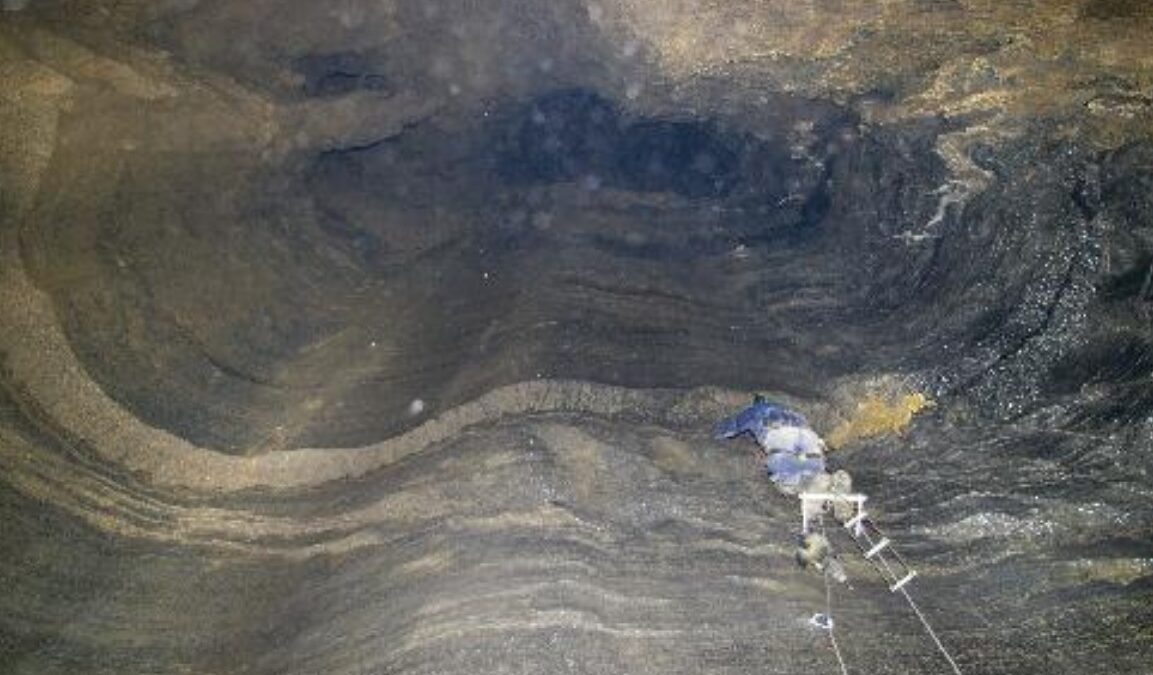Canadian Cave Has 60-Metre Aid Climb and Rare Creatures
In Banff National Park, Castleguard Cave has a 60-metre A0 route that climbs a massive chamber feature

Castleguard Cave is one of many caves in Banff National Park and is now one of the first sites in Alberta to be recognized as a globally significant Key Biodiversity Area (KBA). See the layout of the cave here.
Deep within the cave is a 60-metre-tall shaft known as an aven. In 2005, a team of Norwegian cavers aid-climbed up not knowing what they’d find. The existence of the aven became known to Marek Vokác in 1994, and he led the first ascent 16 years later. Vokác said, “The climbing technique was centred on the use of a bolting platform, to give the climber a steady and high stance relative to the bolt, and a gasoline-powered hammer drill.” You can read his amazing journey and see photos of the otherworldly underground wall here. In 2022, Adam Ondra free-climbed a seven-pitch 5.14 in a European cave, watch the video here.
A press release from Parks Canada included the the following information about recently discovered creatures deep within the cave. Deep in a remote cave system in Banff National Park is a tiny, largely transparent creature that looks something like a miniscule shrimp. Despite its tiny size, this freshwater amphipod crustacean, known as the Castleguard Cave Amphipod (Stygobromus canadensis), has been very influential in driving the process of designating the entire 21-kilometre long Castleguard Cave System as a KBA. And that’s because this amphipod occurs nowhere else in the world.
Scientists still don’t know a great deal about this particular amphipod, which has somehow survived for millennia in this cold, nutrient poor and frequently flooded environment, but its uniqueness made this site a prime candidate for KBA status. It is not just the rarity of this species that is drawing conservation interest to Canada’s largest known cave system, however. It is also what it tells us about life in an underground chamber that is believed to have remained intact and ice free for more than 700,000 years. Formed by meltwaters from the Columbia Icefield glaciers that lie above the cave, this subterranean habitat gives us a window into life before the last ice age.
Castleguard Cave is located in a special preservation zone in Banff National Park, the highest level of protection offered in national parks, and cave exploration in a national park is illegal without a special permit. Castleguard Cave is in a restricted area 20 km from the nearest road and can only be explored in winter. It has numerous unique characteristics, from the tiny Castleguard Cave amphipod found nowhere else on earth, to highly unusual, nearly cubical “cave pearls” found in few other places in the world.


